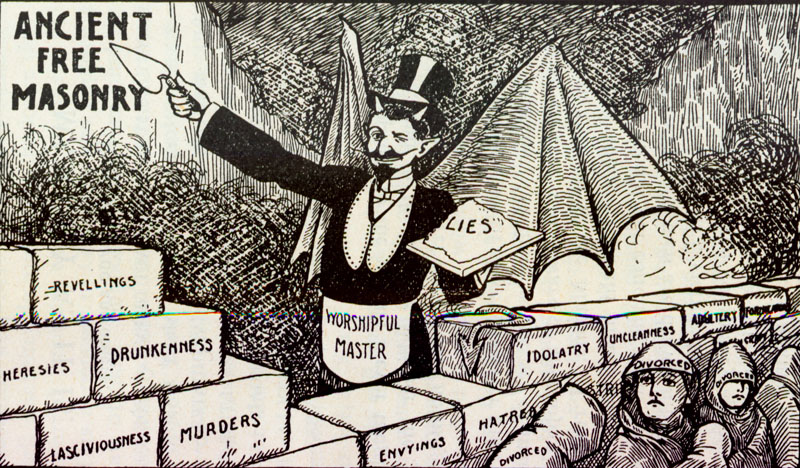Anti-Masonry is not a new phenomenon: it has been going on almost since Freemasonry began.
‘The first published attack on Freemasonry was in a leaflet distributed in London in 1698 accusing Masons of being “this devilish set of men”, based on religious grounds. On 7 July 1722 a letter was published in a London newspaper accusing Masons of being a pretentious and illegal association and calling them “a set of low gentry among our artificers, who lately make a great bluster among us”.
The following year 1723 saw the publication of a naughty poem THE FREE MASONS, which suggested that Masons were notoriously heavy drinkers and sexual libertines, with a sordid reputation as far as women were concerned. It ran to a second and third edition. The full poem can be read in Wallace McLeod’s book The Grand Design. 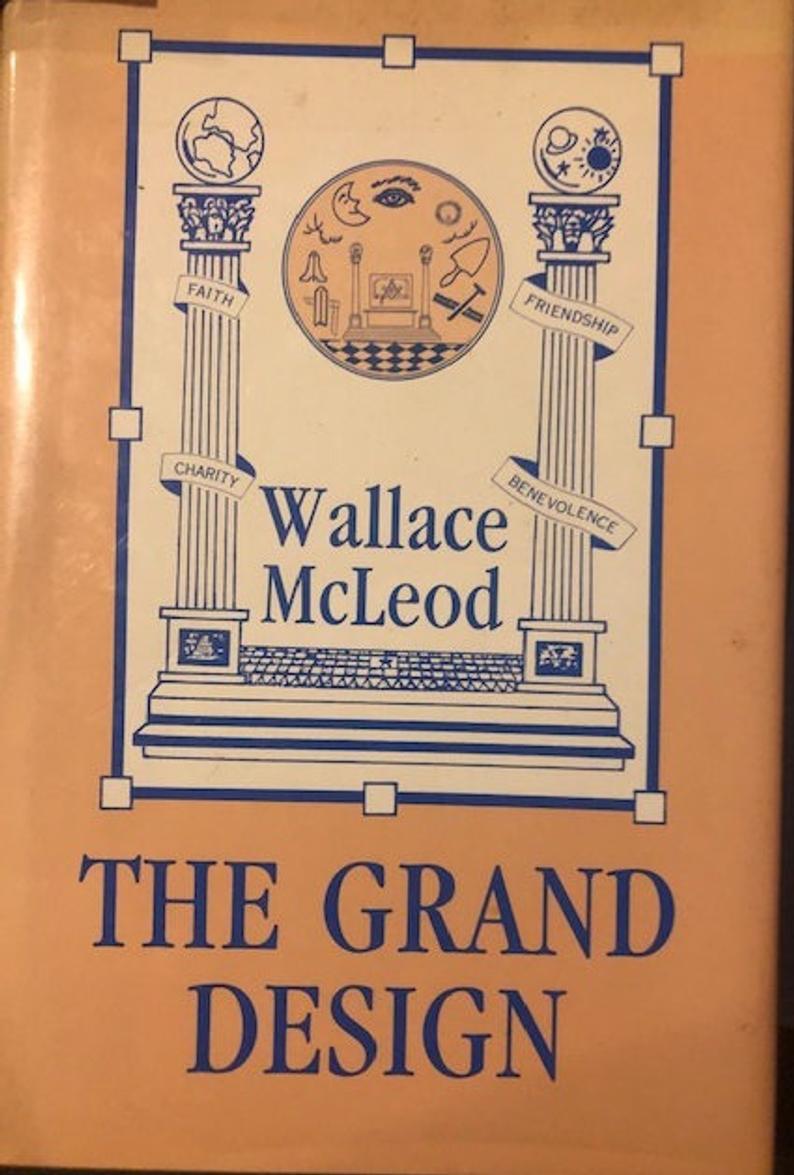 When it was published again in 1944 by those well known Masonic scholars Knoop, Jones and Hamer they printed only 158 out of 366 lines, stating that ”’we have omitted portions displeasing to modern tastes”.
When it was published again in 1944 by those well known Masonic scholars Knoop, Jones and Hamer they printed only 158 out of 366 lines, stating that ”’we have omitted portions displeasing to modern tastes”.
In 1738 the Pope issued a Bull or Decree and forbade all Catholics to join Freemasonry, accusing it of ”perverting the hearts of the simple” and working against the Catholic Church. Some years later there was the ‘Morgan Affair‘ in the USA when Masons were accused of murdering William Morgan, who had threatened to publish all their rituals after he had been refused permission to enter a lodge in New York. He disappeared and although some unscrupulous politicians and the media made the most of the story, it was pure speculation. This affair created much anti-Masonic feeling and even led to the formation of an Anti-Masonic Party, which had a presidential candidate. The upshot was that
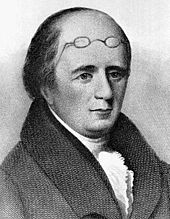
Morgan was never found and nobody was charged with his murder. He simply disappeared. But the damage had been done, which resulted in the number of lodges falling from 480 to 82 in a three year period. Many lodges, particularly on the east coast, closed, never to open again and it took Freemasonry many years to recover from the scandal.
One of the worst periods of anti-Masonry in the 1800s was when a French pornographer, Leo Taxil, decided to turn against Masonry when his true
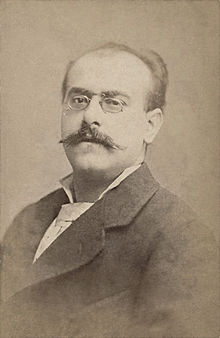
character was discovered after he had been initiated into a lodge in Paris and then expelled. He published several anti-Masonic books and was the darling of the Catholic Church until he revealed at a public meeting in Paris in April 1897 that it had all been a hoax and he had conned the Church into supporting him. He escaped from the meeting with help of the police, but was not worried, for by then he had made a fortune and he retired to the South of France where he died at the age of 57.
During the twentieth century Freemasonry came under attack in several countries, not least in Germany prior to and during World War II. Under the Nazi regime, Freemasonry was banned and its members hunted down, beaten, imprisoned and sometimes killed. Masonic Temples were sacked and destroyed, the Temple in Jersey being a prime example. Propaganda against Freemasons and its alleged connection with Judaism was rife. In 1925 Mussolini passed an 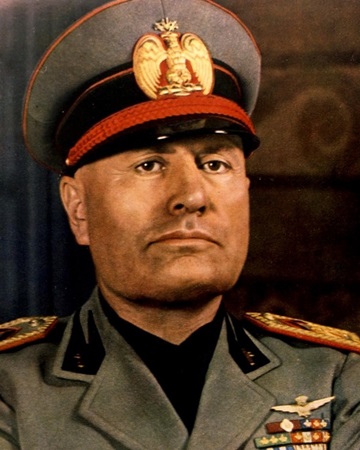 anti-Masonic law in Italy; Masonry was suppressed in Portugal in 1931 and in Spain by Franco in 1941. Romania followed in 1948 and Hungary in 1950. Sukarno banned it in Indonesia in the 1960s and it was banned in Pakistan in 1972. The Ayatollah Khomeini took action against Freemasonry in Iran in 1979. And so it goes on.
anti-Masonic law in Italy; Masonry was suppressed in Portugal in 1931 and in Spain by Franco in 1941. Romania followed in 1948 and Hungary in 1950. Sukarno banned it in Indonesia in the 1960s and it was banned in Pakistan in 1972. The Ayatollah Khomeini took action against Freemasonry in Iran in 1979. And so it goes on.
What is clear is that the type of regime that prohibits Freemasonry is usually a dictatorship of some sort. However, Freemasonry has since recovered in some of the countries mentioned, but not all.
In the 1990s Freemasonry in the USA suffered from scurrilous attacks by a faction within the Southern Baptist Church. They tried time and time again to have church’s members barred from membership of the Craft. They failed but their endevours crossed the Atlantic when much of their anti-Masonic literature was published over here and taken up by different churches. Interestingly whilst I was writing my paper on anti-Masonry I was able to buy several anti-Masonic books from the Christian bookshop situated under the Masonic Hall in Wigan, which was owned and rented out by the Masons.
The Presbyterian Church of Ireland voted at the General Assembly in 1992 to “disapprove of involvement in Freemasonry on the part of its members”. The same church in Scotland had done the same thing earlier in 1979. The Methodist Church in England had a go in 1986 and in the same year the Church of England also had a go at us somewhat inconclusively.
The former Local Government Management Board issued advice to Local Authorities requiring applicants to declare if they were a Freemason or not. This was clear discrimination and it took several years to remove.
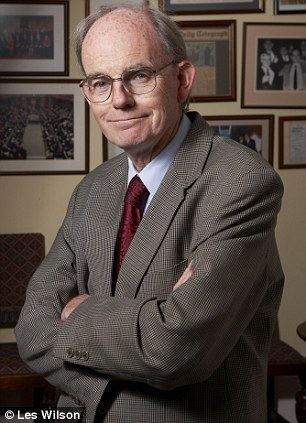 Chris Mullen MP famously tried to introduce a Register of Freemasons in the Police and Judiciary in 1998. This failed and he admitted eventually that he had only read one book on Freemasonry, the infamous Inside the Brotherhood , a book that frankly was so untrue as to be almost a joke.
Chris Mullen MP famously tried to introduce a Register of Freemasons in the Police and Judiciary in 1998. This failed and he admitted eventually that he had only read one book on Freemasonry, the infamous Inside the Brotherhood , a book that frankly was so untrue as to be almost a joke.
Finally, some years ago Grand Lodge changed its policy towards anti-Masonry. Instead of being silent about attacks, now whenever somebody ‘has a go’ we respond vigorously and this has paid off and the image of Freemasonry is improving for the better day by day.
To end, I leave you with this thought: the surest guarantee of our freedom from criticism is the integrity of individual Freemasons themselves.
A 5 Minute Talk
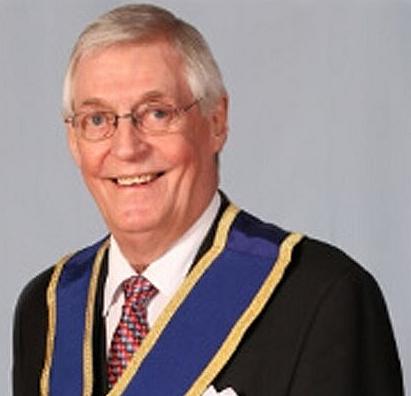
Bro. Fred Lomax
- Influencia de la Masonería en Chile - April 29, 2024
- Pomegranate in Freemasonry – its significance - March 11, 2024
- Inns and Innkeepers’ incidence in Freemasonry expansion - February 28, 2024

